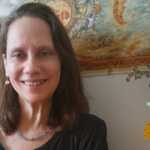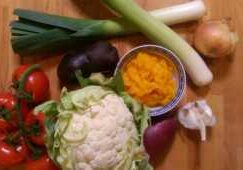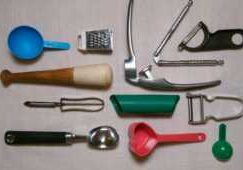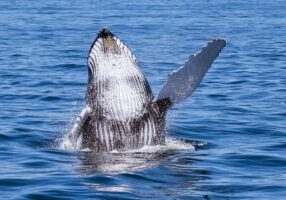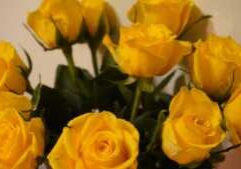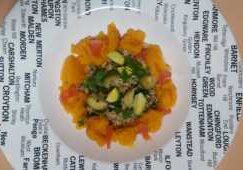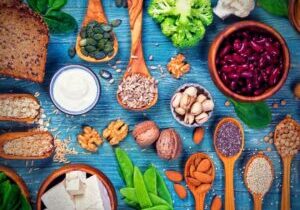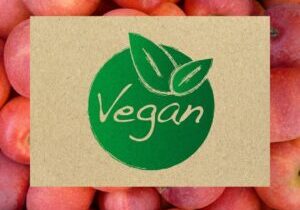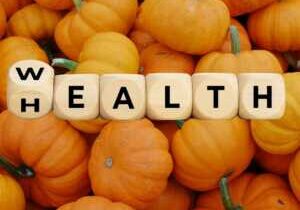Ecology is the branch of biology that deals with relationships and interactions between life forms, living systems and their environment.
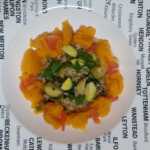 Humans, as biological entities, participate in these relationships, too. Because of this indelible connection, whatever humans do to their environment, they ultimately do to themselves, as well.
Humans, as biological entities, participate in these relationships, too. Because of this indelible connection, whatever humans do to their environment, they ultimately do to themselves, as well.
The ‘ecology movement’ of the 1950s and 1960s grew from mounting concerns that human society had denied its connections; had stepped outside the circle of life. That it stood in opposition, or contrary to Nature, believing it could thrive on its own. In fact, this is not possible.
The environmental consequences of various new attitudes, activities and technologies in the years following World War Two caused great alarm among many scientists, scholars and members of the public. Chemical and radiological pollution poisoned every earth system including water, the air, the soil. Sadly, human health deteriorated in concert with these assaults on the environment.
However, despite warnings and in a frenzy of exploitation and profit, the assaults continued. Natural resources became private or corporate property. The environment was owned, not shared. It was ravaged, not cherished. Our collective relationship with the rest of the living world became profoundly selfish and abusive. Now, it’s time to face up to a diagnosis and to commit to some remedial self-help.
The Four Laws of Ecology
You might appreciate reading these simple but powerful statements, which were articulated fifty years ago by renowned ecologist Barry Commoner in his book The Closing Circle (1971). The Four Laws of Ecology (in bold) help to remind us of our place in the natural world – what then was called the ecosphere, but now is called the biosphere. The Four Laws are brief, easy to remember and may be applied to many every-day situations where you need to make a choice.
First Law: Everything is connected to everything else.
The key idea here is ‘interconnected’ and it applies to every aspect of the living world. An intricate web of relationships exists between the three earth systems (water, land and air) and among species, habitats and local environments. Such connections exist even at chemical and cellular levels and they function in discrete cycles, each in their own time.
When changes occur, however small or brief, the systems are ‘notified’ by way of these connective relationships. Nothing goes unnoticed. Stresses in one region of the living web are felt and compensated for in other regions. A fluid stability is sought; a perpetually adjusting balance.
When we are able to recognize and accept this delicate network, perhaps we will know to stop overwhelming it to the point of collapse. Although we have come to expect that everything connects with us, now we must acknowledge that we are connected to everything else, too.
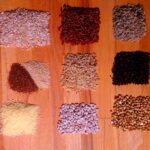 Second Law: Everything must go somewhere.
Second Law: Everything must go somewhere.
There is no waste in Nature; instead, everything is transferred or converted. A substance might change form; it might change location. Each change creates a consequent effect on the life forms and living systems through which the substance passes. In Nature, this is part of a perennial cycle of decay and nurturing that supports life processes and describes the circle of life.
Often however, in recent decades especially, materials and substances that have been artificially made pass through living systems without benefit. Many of them do harm. We might not see them again after using them, but they remain. Nothing is lost or gone; everything stays within Nature’s living systems.
In fact, though we use the phrase every day, we cannot ‘throw away’ anything. Our environmental mistakes, our excesses and our waste stay here, with us.
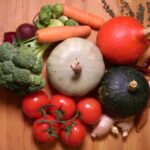 Third Law: Nature knows best.
Third Law: Nature knows best.
Although it is vast and intricate, Nature is clearly vulnerable to human influence. We do things that can interrupt, distort, interfere with, corrupt or even destroy natural processes and systems. Sometimes, the claim is made that we are improving on a natural product or cycle. However, often we don’t take responsibility for the consequences of our ‘improvements,’ nor do we show patience or humility. It is our pattern to ignore or refute the ‘voice’ of nature. Our assumption is that we are in charge; but we should know better: Nature has been doing her work for much longer than we have!
Many human-made substances cannot be found in nature, yet they are able to wield their effects within Nature’s living systems. The recurring observation is that such ‘improvements’ are harmful, immediately or in the longer term, and to an unknown extent.
We would be wise to realize that we are part of Nature, not in control of it, and to recognize that human activities don’t always improve on Nature. Hopefully, we will get that message soon.
 Fourth Law: There is no such thing as a free lunch.
Fourth Law: There is no such thing as a free lunch.
If you read the first three Laws again, you will see that Nature is a whole and complex web, where nothing is wasted and natural materials and cycles drive its systems. When humans act to alter or exploit Nature, the outcome is environmentally costly. Whatever is taken from natural resources must be returned in some way. That’s how Nature works. If we prevent that ‘return’ or cause it to be delayed, the environmental cost of ‘borrowing’ mounts ever-higher.
We might have made the assumption that the world is here for us to do with what we like. That the world belongs to us, but not we to it. Well, the bill is on the plate. Obstructing natural cycles or cutting through the connections that link every life form and process, harms the natural world and throws humankind into debt, repayment of which is now due.
Choice and Power
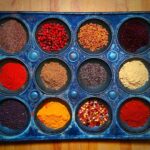
While it is true that a massive and coordinated effort must be made to reduce or correct the global problems we face, each one of us has more power than we might realize.
Our daily choices make a significant difference to our health, our personal life and to our immediate environment. Each of us can inform and amend our decisions. We can learn, read, talk with others and gain practical skills and experience.
For instance, every time we spend money, we are making choices that exercise our power. That means we can realign our choices and use the power of each purchase to benefit the environment, reduce inequalities and improve health. We can do this simply by looking more closely at who and what our purchases support, both now and in the longer term.
Crucially, choosing to eat a largely plant-based diet is a very powerful choice; one that is now thought to be essential if we hope to achieve environmental healing.
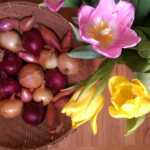
The Closing Circle – Nature, Man & Technology, by Barry Commoner; published by Alfred A. Knopf, New York 1971
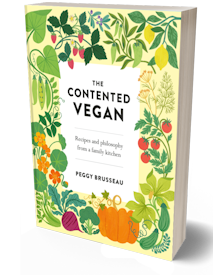
THE CONTENTED VEGAN is a complete guide to the emerging vegan lifestyle. Based on two decades experience of raising a vegan family.
Read Peg's Newsletter...
It's free & fun!
I don’t know if you find it hard to remember web links that are impossibly long and full of gobbledygook?
If you are, then I’ve got some good news…
We’ve made it incredibly easy for you to share a link to my book with your friends – in a way that doesn’t require a degree in programming!
Simply give them this link–
“get.veganbook.today”
No www or anything else – just get dot veganbook dot today. That’ll do the trick – try it!
